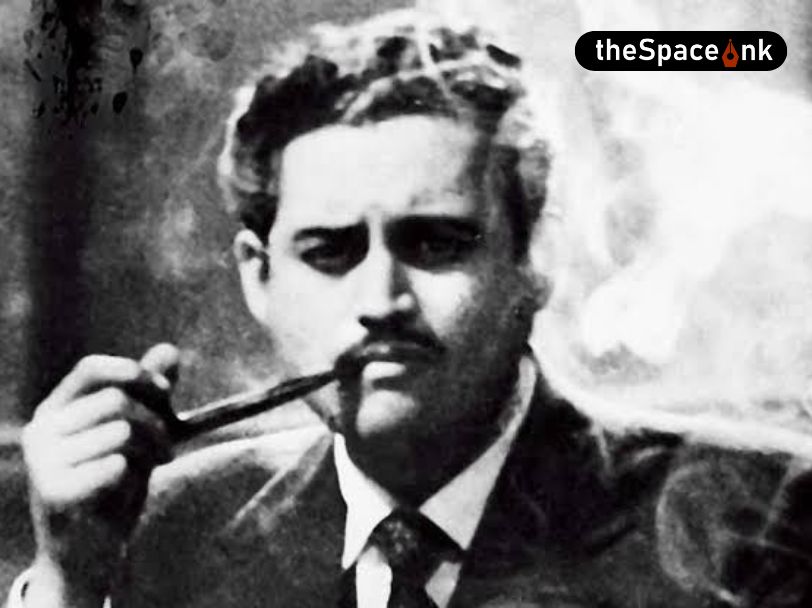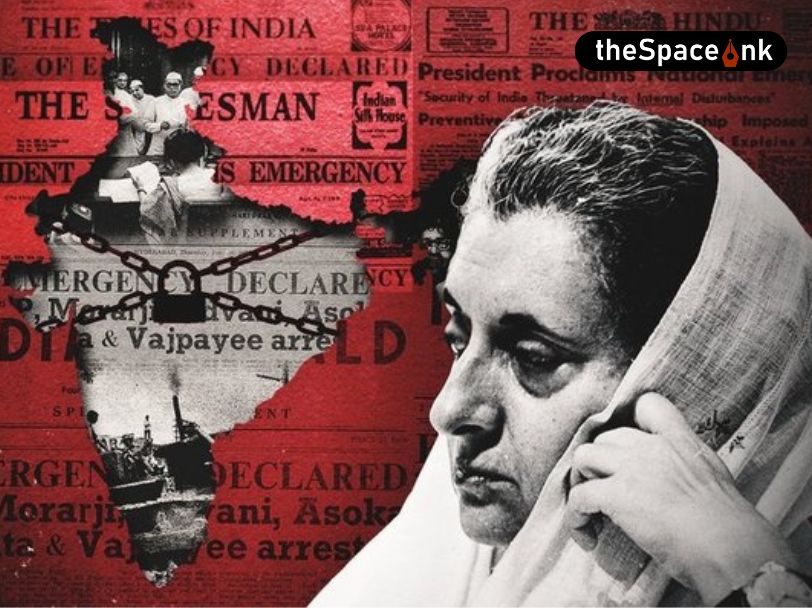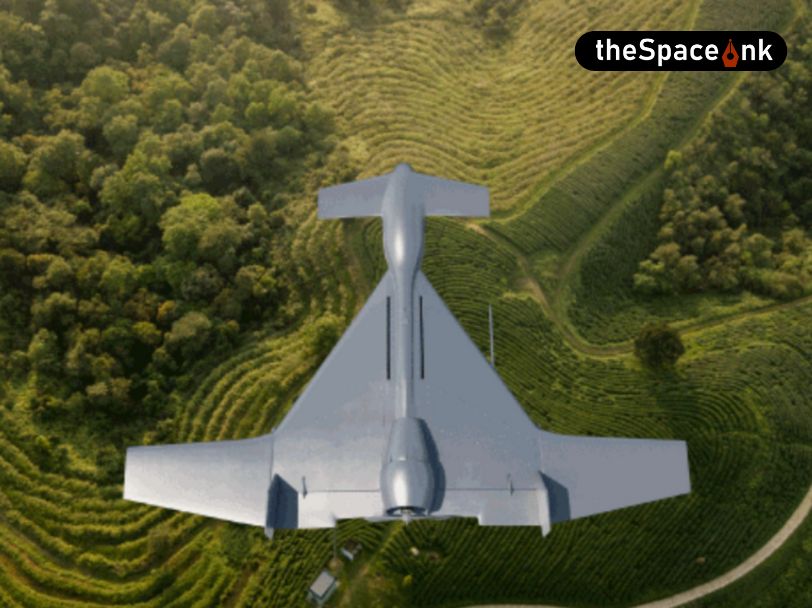The best way to enjoy a bright sunny day in the cold winter season is to head outdoors in the company of family and friends and scrumptious food. For many of us the idea of rustic dining in the lush meadows of the countryside might be a hangover of the popular Enid Blyton series we grew up on where in books like the Secret Seven and Famous Five, characters are often seen setting off on an adventure, carrying picnic baskets packed with an assortment of homemade goodies comprising scones, tarts and sandwiches. But not only children for whom a picnic is an exciting childlike activity in a scenic settings with friends, food and games –it’s also been popular among grownups, much for the same pleasurable reasons.
While the etymology still remains unclear as does its origin, picnics during mediaeval times have been documented in tapestries and paintings of that era. There are also stories of Cornish pasty and pork pie eaten outside homes and food being transported on horseback to huntsmen in the middle ages. According to an article on the history of Indian picnics published on Pixstory, the evidence from terracotta sculptures dating all the way back to the 185-73 BCE suggests picnickers travelled by chariot. There is also a reference to a picnic in the Mahabharata which was attended by Arjun, Krishna and Balram.

But it was evident some of the first picnics recorded in history were very different from what we imagine and have come to enjoy in modern days. For instance, from some of the earliest available descriptions, in the 18th century picnics in England became one of the aristocracy’s favourite pastime where rather than fun and enjoyment, the source of entertainment was largely intellectual conversation. And in stark contrast to the pastoral settings, these were held indoors and would occasionally include music and dance and could pass off more like a ball. Even then, there was one feature typical of a picnic, the concept of attendees contributing to food, be it either by bringing food along when they came to the venue or sharing in the cost of the feast. But it was only in the early 20th century and with the advancement of transport in England that picnics outdoor began to gain in popularity which lead to the manufacture of picnic baskets and grocers began to create picnic delicacies especially for the occasion.
Also read: Restoring Classics by Bimal Roy
However, as the concept of picnics spread to other parts of the world, it became more an urban middle class affair, much like what we are familiar with and is widely described in literature.
The allure of outdoors was captured by Claudia Roden, in Picnics: And Other Outdoor Feasts, in which the author writes about how the fresh air and liberating surrounds stimulate the appetite and elevate the experience of dining. According to Walter Levy, the underlying idea of dining outdoors is recreation, with food, games and entertainment meant to be something of an ‘antithesis of established social routine and work,’ as he noted in his book titled, The Picnic: A History. This certainly appears to be the objective of picnickers in India. Mughal emperors and their courtiers enjoyed royal picnics in their ornamental gardens while the elite of society regarded it as an opportunity to reconnect with nature.
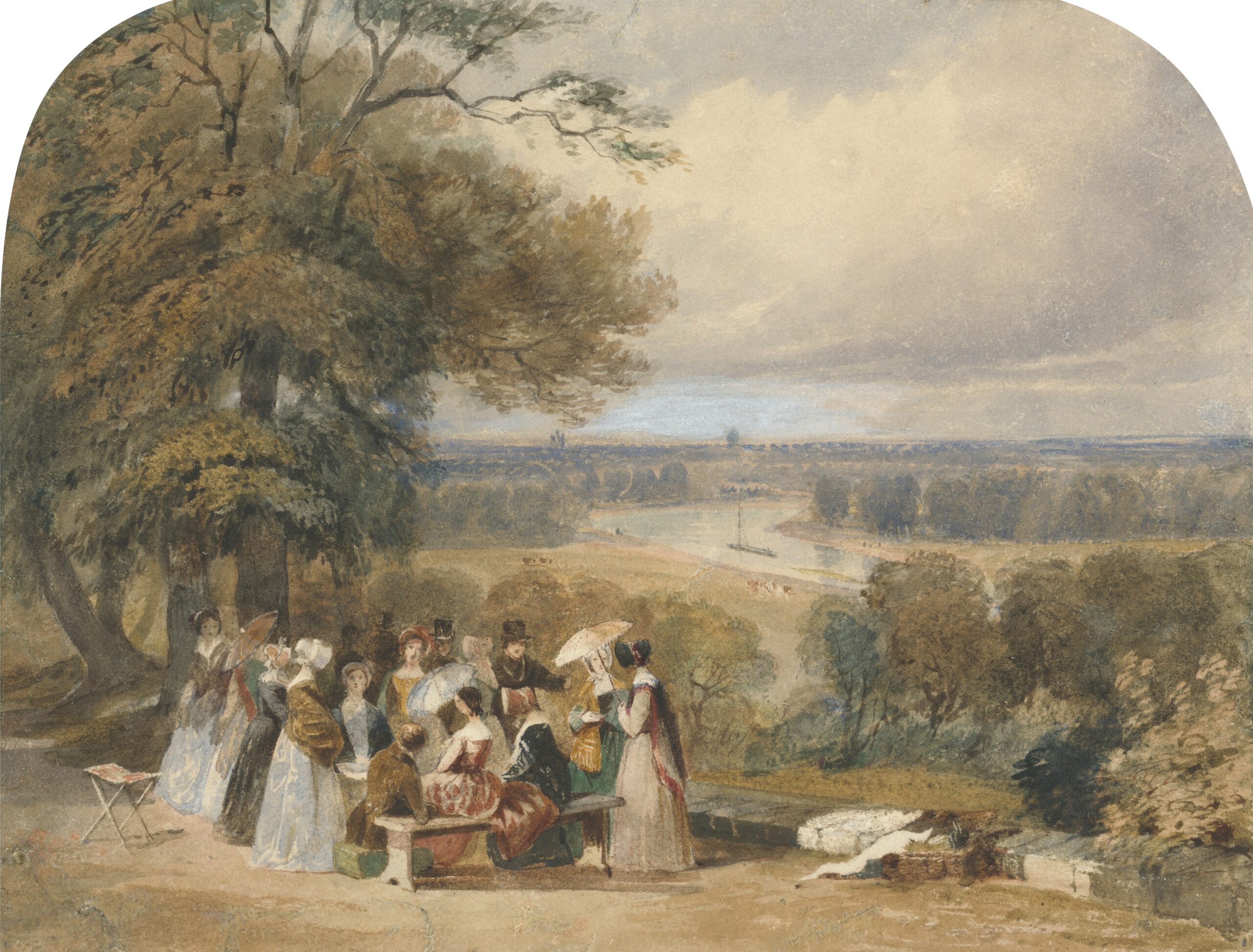
Since I, myself grew up in some rather bucolic settings, picnics were a regular feature of my childhood, whether it was the gentle hillsides inviting us to explore it, wide open meadows where we could frolic about or the gurgling forest streams that wove their enchantment around us as we caught tiny fish and tadpoles in mosquito nets. And unlike now-a-days where it’s become a trend for cooks to accompany picnickers, then food was either prepared beforehand at home and carried to the spot, or cooked at the picnic, which is why places near water-bodies were always a preferred choice. And for entertainment, frisbee and badminton were the most common picnic games.
Also read: A Picnic by the Lake
So when I arrived in Calcutta some two decades ago, I noted with great delight that here too there was a strong picnic culture. In fact, over the years that I’ve resided in the city, it has become clear that picnics are more like an obsession with the denizens and are as much integral to the winter traditions of Kolkata as is feasting on Christmas cake or gorging on nolen gur sandesh. And it hardly matters that there are no surroundings that come even close to the idyllic picnic spots that we have read about in literature, ones that made us fall in love with the idea. The open lawns and the ‘Maidan’ outside the picturesque Victoria Memorial in the heart of Kolkata, even the lively Zoological Garden at Alipore have served as popular picnic spots in the past with many more new locations joining the list.
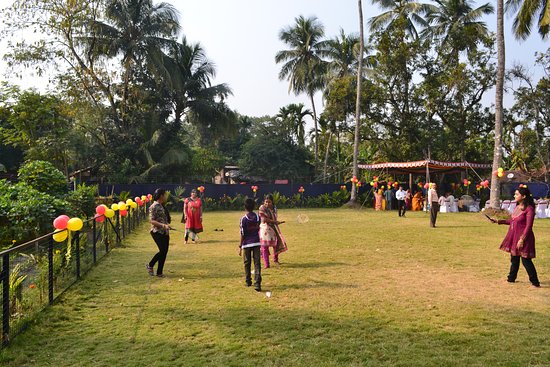
Another noteworthy aspect of a Kolkata picnic is the range it extends to. From being a small family affair, to large group of friends (school and college), colleagues, housing societies and even entire block communities organising picnics – it seems that one just needs an excuse to go on a picnic! And if there still remained an iota of doubt regarding how picnic frenzy the people of this city are, according to a recent report published in The Times of India this Republic Day, all picnic spots, be it barges on the river Hooghly, nature parks across the city and baganbaris on the outskirts; every single spot was booked by picnickers for the last weekend of January, extending right up until the first weekend of February.
And why not? W. Somerset Maugham famously said, ‘there are few things so pleasant as a picnic lunch.’
Images courtesy: Rawpixel
Lesley D. Biswas is a freelance writer and children’s author based in Kolkata. Her interests include nature, bird photography and cricket.




